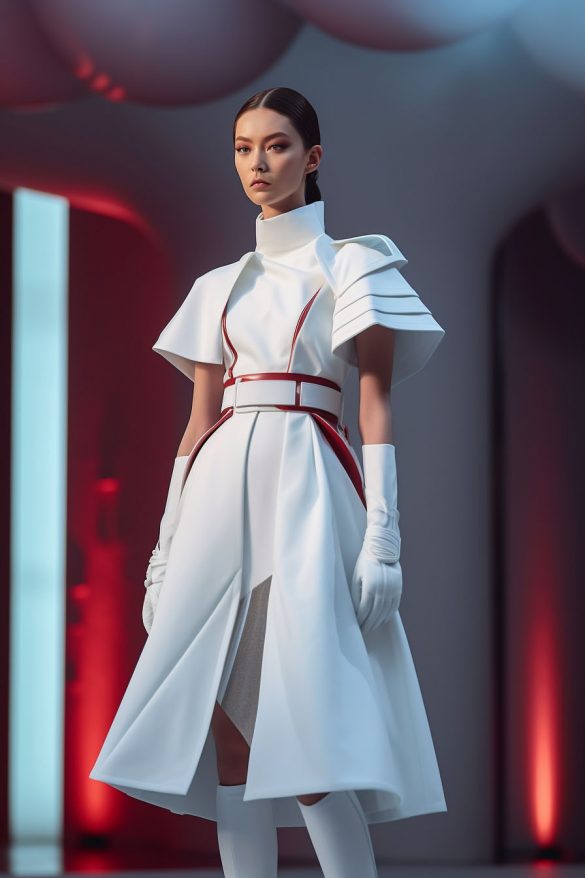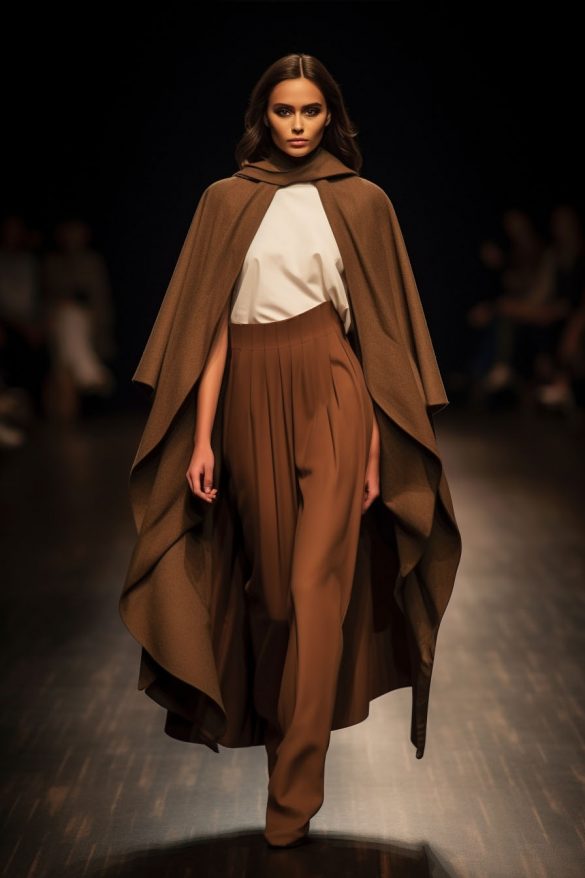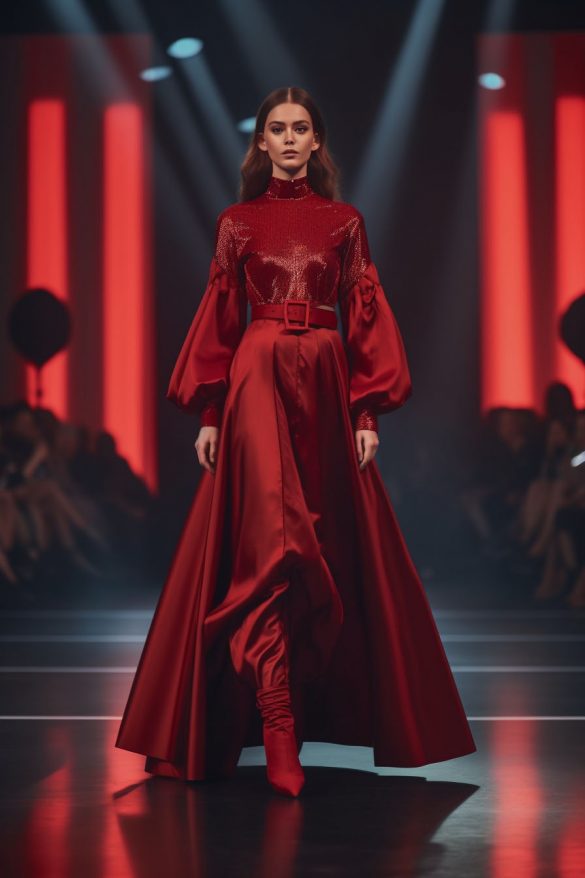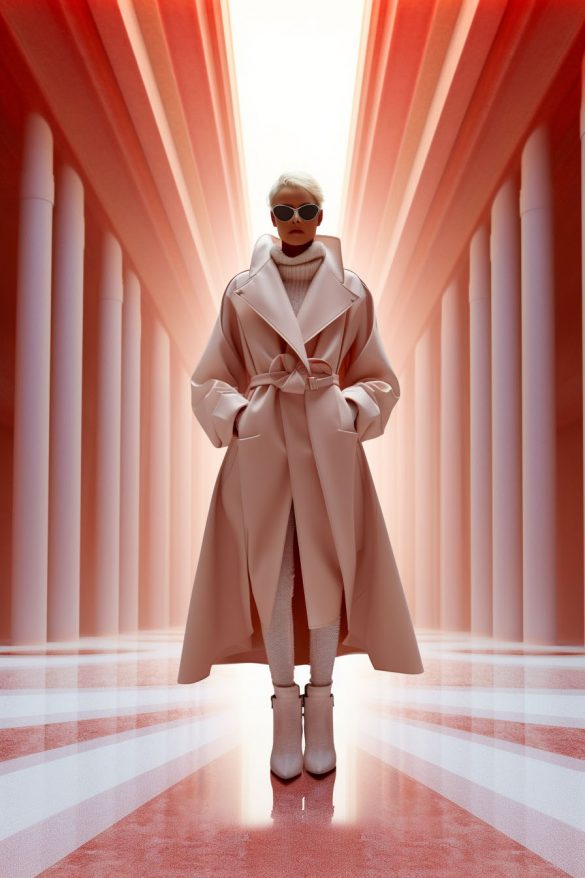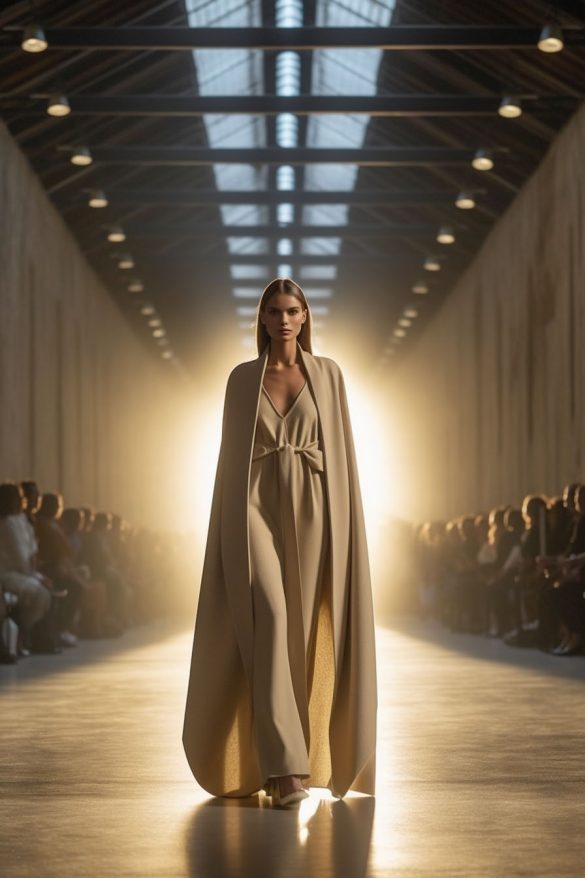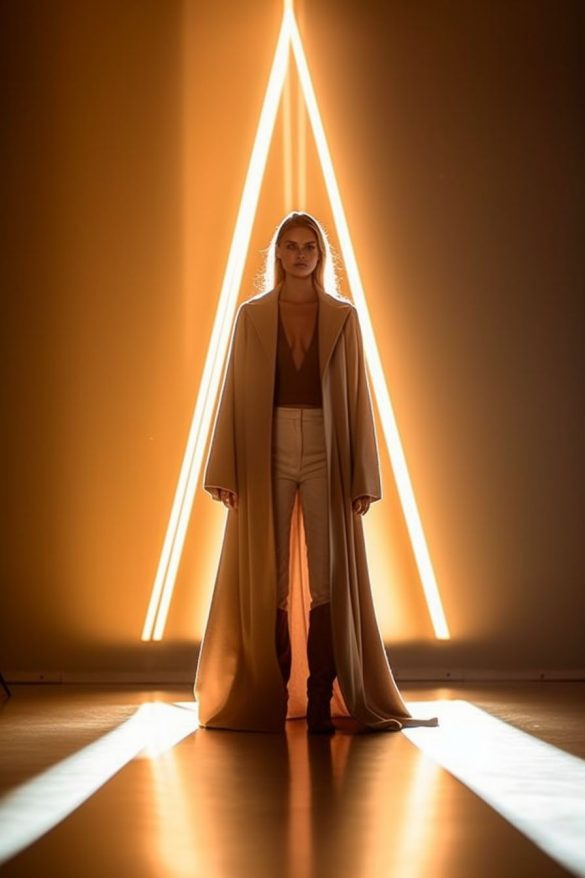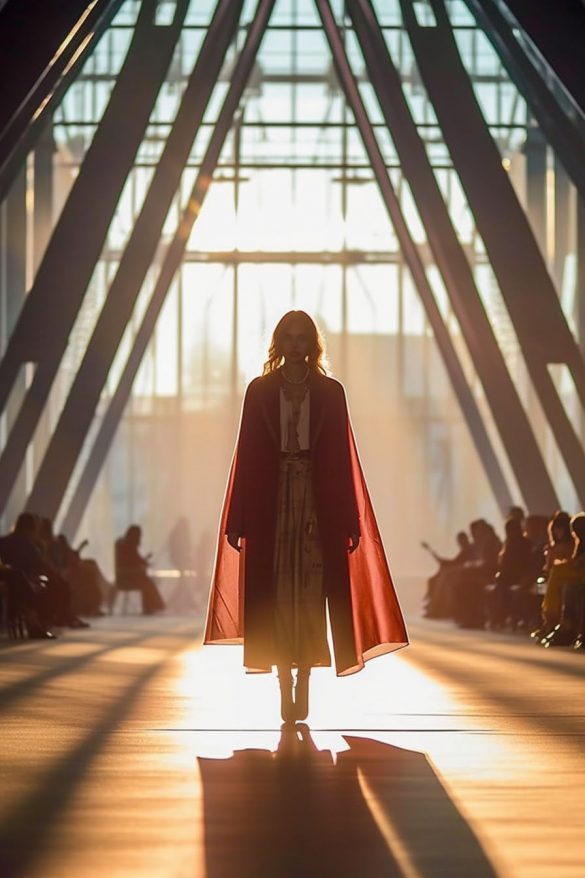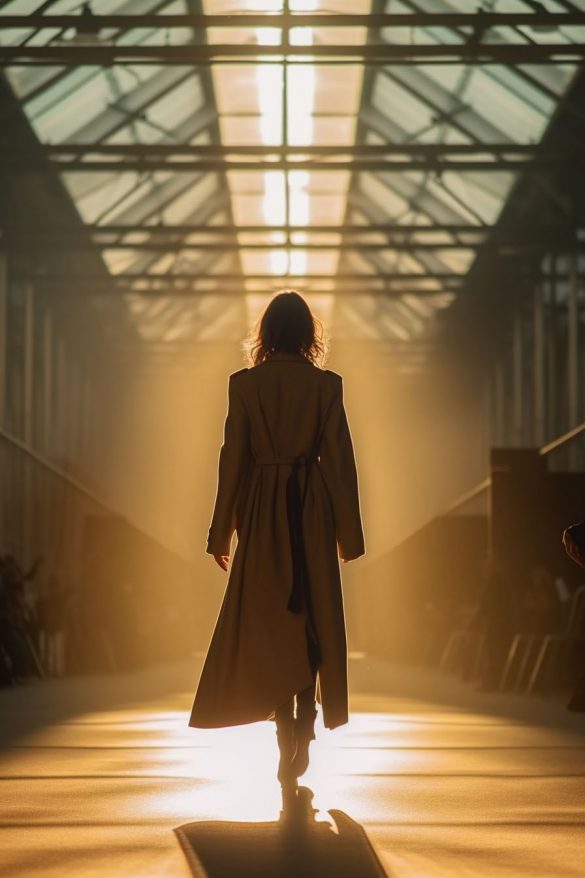The joy of dressing is an art.
– John Galliano –
The integration of AI (Artificial Intelligence) and NFT (Non-Fungible Token) technology in fashion shows brings several notable benefits, enhancing various aspects of the event. Here are some advantages:
Virtual Fashion Shows: AI and virtual reality technology can enable the creation of immersive virtual fashion shows. With AI-generated environments, virtual models, and interactive features, fashion shows can be experienced remotely, expanding the reach and accessibility to a global audience. Virtual shows also offer creative possibilities, allowing designers to experiment with unconventional settings and presentations.
Runway Planning and Choreography: AI can assist in optimizing runway planning and choreography. By analyzing factors like clothing designs, models’ movements, and stage dimensions, AI algorithms can suggest the most effective sequence, timing, and positioning of models, ensuring a visually captivating and well-organized runway show.
Audience Analytics and Engagement: AI-powered analytics can provide real-time insights into audience engagement and sentiment during a fashion show. By analyzing social media data, facial expressions, and audience feedback, AI algorithms can gauge the audience’s response to specific designs, models, or moments, helping designers understand which elements resonated the most and tailor future shows accordingly.
Dynamic Lighting and Visual Effects: AI can enhance the visual impact of a fashion show through dynamic lighting and visual effects. AI algorithms can analyze the clothing designs, color palettes, and overall aesthetics of the collection to create synchronized lighting schemes, projections, or augmented reality elements that complement and amplify the visual presentation, creating a memorable and immersive experience for attendees.
NFT-Based Collectibles and Exclusive Access: NFTs can be utilized to create digital collectibles associated with fashion shows. These can include limited edition digital assets, such as unique backstage footage, exclusive interviews, or behind-the-scenes content, which can be tokenized and offered as NFTs. These collectibles provide a new way for fashion enthusiasts to engage with and own a piece of the fashion show experience, while also generating additional revenue streams for designers.
Sustainable Practices and Showcasing: AI can assist in promoting sustainable practices within fashion shows. By analyzing the environmental impact of materials, logistics, and production processes, AI algorithms can recommend eco-friendly alternatives and help designers reduce waste and carbon footprint in their shows. NFTs can also be used to verify and authenticate sustainable practices, showcasing the efforts and commitment of designers to sustainability.
Virtual Fittings and Styling: AI-powered virtual fitting technology can allow designers to virtually showcase their garments on digital avatars or models, enabling precise measurements, styling options, and customization. This streamlines the fitting process and eliminates the need for physical prototypes, reducing costs and production time while offering a more efficient and accurate representation of the final product.
Design Iteration and Collaboration: AI algorithms can generate design variations and iterations based on designer input and historical fashion data. This allows designers to explore a wider range of design possibilities, streamline the creative process, and collaborate more effectively with teams or other stakeholders. AI-generated design suggestions can spark new ideas and fuel innovation in fashion shows.
The integration of AI and NFT technology in fashion shows brings unprecedented opportunities for creativity, engagement, sustainability, and audience reach. By leveraging these technologies, fashion shows can transcend traditional boundaries, offer enhanced experiences to attendees and remote viewers, and empower designers to showcase their vision with greater impact and efficiency.
All image material is the property of Infinet Media Ltd.
It can only be used after written permission has been granted. Any other use will be legally prosecuted as copyright infringement.
